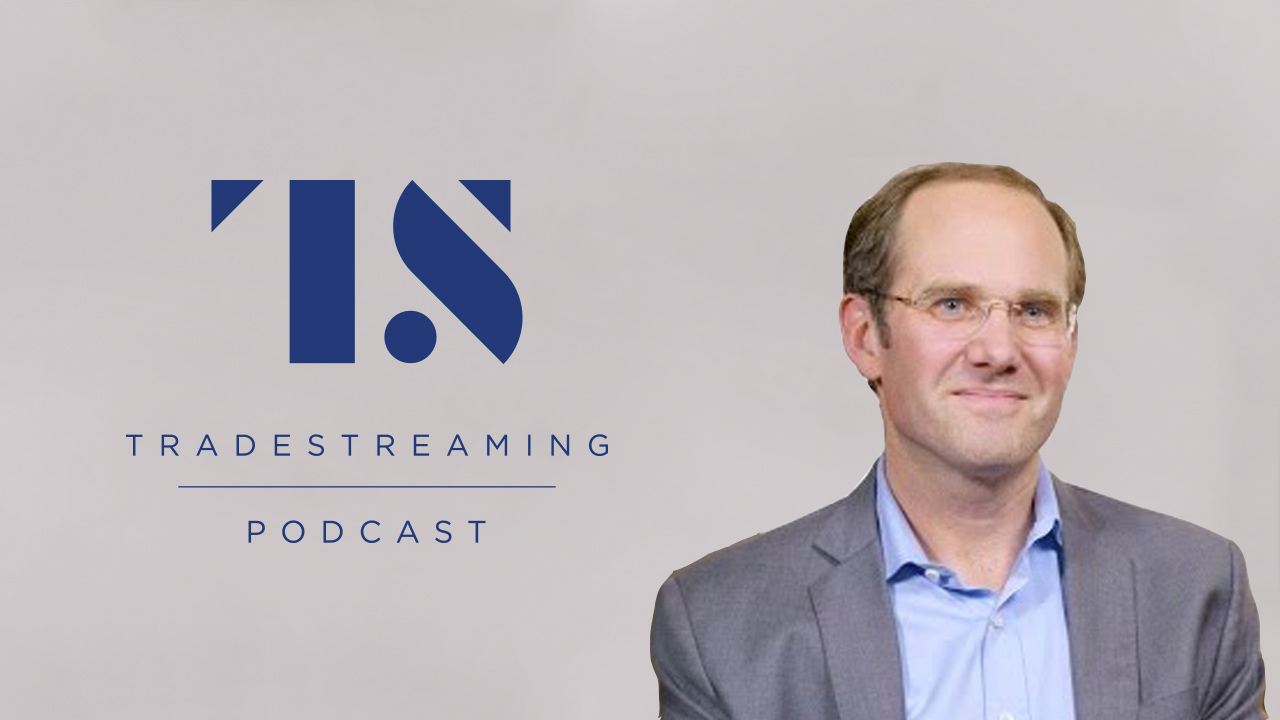Podcasts
FIs and fintechs can learn to partner more intelligently with Pacemakers’ Alessandro Hatami
- Open banking and digital transformation are reshaping the financial industry, so learning to partner well is becoming a key activity for both banks and fintechs.
- Learn about how you can rise to the challenges of fintech partnerships and the future of customer-centric banking by partnering better.
Zachary Miller | October 22, 2024
Banking, Innovation, Podcasts, Startup Spotlight
‘We aim to meet entrepreneurs where they are in their journeys’: J.P. Morgan’s Ashraf Hebela on how JPM is sharpening its focus on startup banking
- With the recent upswing in VC funding and the Fed's rate cuts, the startup landscape is lighting up with fresh possibilities and promising prospects for growth.
- J.P. Morgan's Head of Startup Banking discusses the bank's renewed focus on startup banking, strategies to better support underrepresented founders, and the backing that banking startups need to succeed.
Sara Khairi | October 10, 2024
Podcasts
How Generative AI and open banking are redefining personalization in financial services with Curinos’ Olly Downs
- Generative AI and open banking are reshaping customer engagement, allowing banks to recreate the personalized experiences of traditional banking.
- In this conversation with Olly Downs of Curinos, we explore how these technologies are transforming digital interactions and marketing strategies.
Zachary Miller | October 09, 2024
Banking, Podcasts, SMB Finance, TBBT Conference 2024
‘The confirmation of the transaction is just as important as the underlying transaction’: Truist’s Chris Ward on how to simplify global transactions for SMBs
- Switching providers for SMBs was once about pricing, but now it's equally driven by the need for better digital solutions.
- Chris Ward, Head of Enterprise Payments at Truist Financial Corporation, addresses this shift at Tearsheet's The Big Bank Theory Conference, recently held in New York.
Sara Khairi | October 09, 2024
Compound Influence, Podcasts
Compound Influence #3: WallStreetBets
- In this episode of 'Compound Influence,' hosts Zack Miller and Josh Liggett dive deep into the WallStreetBets phenomenon and its impact on retail investing.
- They explore the explosive growth of the Reddit community, its symbiotic relationship with Robinhood, and how it challenged traditional financial institutions, offering listeners a comprehensive look at a new type of disruptive force.
Tearsheet Editors | October 01, 2024






